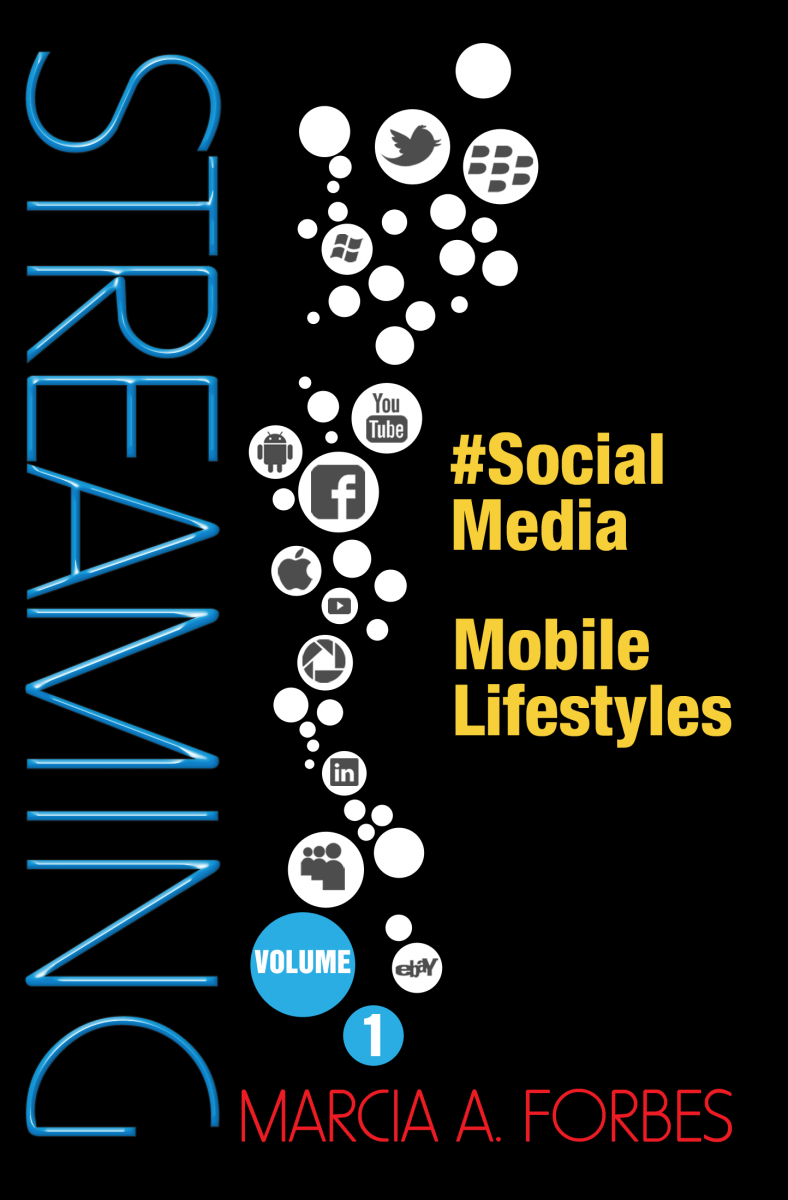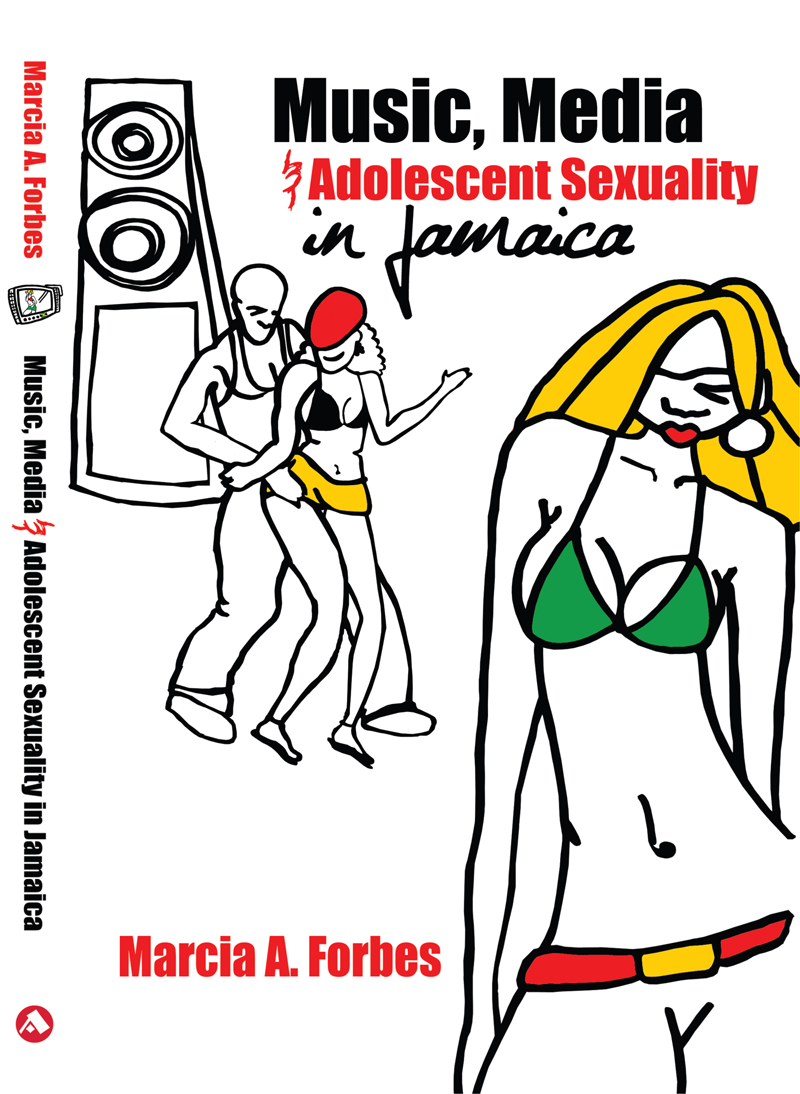Females Can Drive Music Videos Meaning Creation
Last week I started a discussion about the kinds of ways in which who we watch TV with, where we watch and the overall context of viewing can influence the ways in which we interpret what we see. This week I want to talk a bit more about this.
As adolescents get older they usually prefer to watch TV by themselves. In general they tend to pull away from parents and stick more to their friends who share more in common with them. We’ve all hear of the ‘youth culture’. It really does exist and one place where it is truly manifest is TV watching.
Although the programme category may be the same, such as cartoons or comedies, the actual programmes in these categories are quite often very different today compared to years ago. Cartoons are a great example. While your son may not enjoy The Flintstones, he may crack up or be intensely interested in some animie out of Japan the way Pokemon took the western world by storm.
In the survey I asked adolescents whether they preferred to watch music videos by themselves or with others. Of the 439 persons who answered, two-thirds (65.8%) said they preferred to watch with others. However, what they say they prefer and what actually seems to happen are not one and the same since in another question almost two-thirds of adolescents (63.3%) said they mostly watched alone by themselves.
 Interestingly, when I examined who they mostly watched with when they did have company, I realized the important role females could play in helping young people to place the contents of music videos in a particular context-- If only these females were sufficiently media literate and mature enough to understand how they could effectively perform this role.
Interestingly, when I examined who they mostly watched with when they did have company, I realized the important role females could play in helping young people to place the contents of music videos in a particular context-- If only these females were sufficiently media literate and mature enough to understand how they could effectively perform this role.
I say this because of the number of adolescents who said they watched music videos with their sisters (43.3%--surely some must be much older sisters), their mothers (23%), aunts (19.1%) and grandmothers (7.3%). Admittedly though watching with regular friends (42.1%) and with brothers (41.7%) featured prominently, but the point can be made that the females have an edge.
Almost twice as many mothers (23%) as fathers (12.1%) watch music videos with their children. As noted above, watching with sisters had the edge over watching with brothers. Compared to 19.1% who watch with aunts, only 4.6% watched with uncles. Among the older generation, grandmothers were far more likely (7.3%) than grandfathers (2.7%) to watch with their adolescent grandchildren.
When they are not alone, adolescents mainly watch videos with their sisters (43.3%). Although I don’t know if these are younger or older sisters, I can safely assume that it will be a mix, some older, some younger. Next to sisters, they mostly watch with regular friends (42.1%). Next in line are brothers (41.7%). After that it’s with girlfriend or boyfriend (26.0%).
The table displays only the top ten viewing scenarios. The percentages will not add up to 100% since the question was designed to get a response with regard to each of the various viewing companions, singly or in combination (e.g. mother & father). Additionally respondents were offered a scale ranging from ‘never’ to ‘very often’. For this article the ‘often’ and ‘very often’ categories of response have been combined and are described as ‘mostly watch with’.
Persons Adolescents Most Likely to Watch Music Videos With
|
Who Watch With
|
Who Mostly Watch With in percentage
|
|
Alone
|
63.3%
|
|
With Sister
|
43.3%
|
|
With regular friends
|
42.1%
|
|
With brother
|
41.7%
|
|
With boyfriend or girlfriend
|
26.0%
|
|
With Mother
|
23.0%
|
|
With Aunt
|
19.1%
|
|
With Father
|
12.1%
|
|
With Mother & Father
|
10.7%
|
|
With Grandmother
|
7.3%
|
 In the face of availability of music videos on various modes of public transportation, I investigated the extent to which this phenomenon may be playing a role in adolescents’ exposure to videos. This was still in an effort to understand the various contexts in which videos are watched and who they are watched with. All this designed to allow me to get a good grasp of the ways in which these may influence the sexual culture surrounding music videos from a uniquely Jamaican perspective.
In the face of availability of music videos on various modes of public transportation, I investigated the extent to which this phenomenon may be playing a role in adolescents’ exposure to videos. This was still in an effort to understand the various contexts in which videos are watched and who they are watched with. All this designed to allow me to get a good grasp of the ways in which these may influence the sexual culture surrounding music videos from a uniquely Jamaican perspective.
From the sample total of 447 adolescents, 17%, that is 76 persons, said they watched videos in various other places apart from their own homes or that of their friends. Of these 76 persons, most (63) said they watched on buses or in taxis. If this sample indeed reflects what is happening at the national level, then we have a fairly substantial number, somewhat less than15% or so (since not all take buses/taxis), of young girls and boys with raging hormones seeing what’s likely to be highly sexually suggestive music videos as they ride the buses or taxis. I am told by the adolescents that music buses as they call they are very popular among young persons.
A couple years ago we were shocked at the news of sex on buses and in taxis between teenaged girls and bus/taxi drivers and ‘ductors’. No doubt the teenage boys are in on the act as well. Then earlier this year we were even more shocked into revelations of the pastor video taping sexual advances by teenage boys on a teen aged girl. Music video on public transportation in Jamaica is embedded in a local culture of growing promiscuity and permissiveness and what I am informed is a burgeoning porn industry.
What then do adolescent boys and girls make of the images they see in these videos and what kinds of behaviours become possible as they enjoy the bus ride far from the watchful eyes of authority figures? As I’ve heard from several adolescents from uptown and downtown, girls strategically remove their uniform pockets to allow greater manipulation and enjoyment of their ‘private’. There is also ‘no panty day’. These strategies work well on the buses, especially the music buses. For the uptowners who don’t take buses, they work well on the school compound even the classroom itself.
Clearly music video images and the kinds of meanings adolescents derive from them play out within a wider context of existing social realities. At several levels females can play critical roles. The extent to which they can perform these roles is guided by their own level of consciousness and willingness to go against what may be seen as the norm. If we truly believe ‘ah woman time now’ then surely it can’t be beyond us as females to begin to grapple with some of the more contentious issues relating to music and sexual culture.


